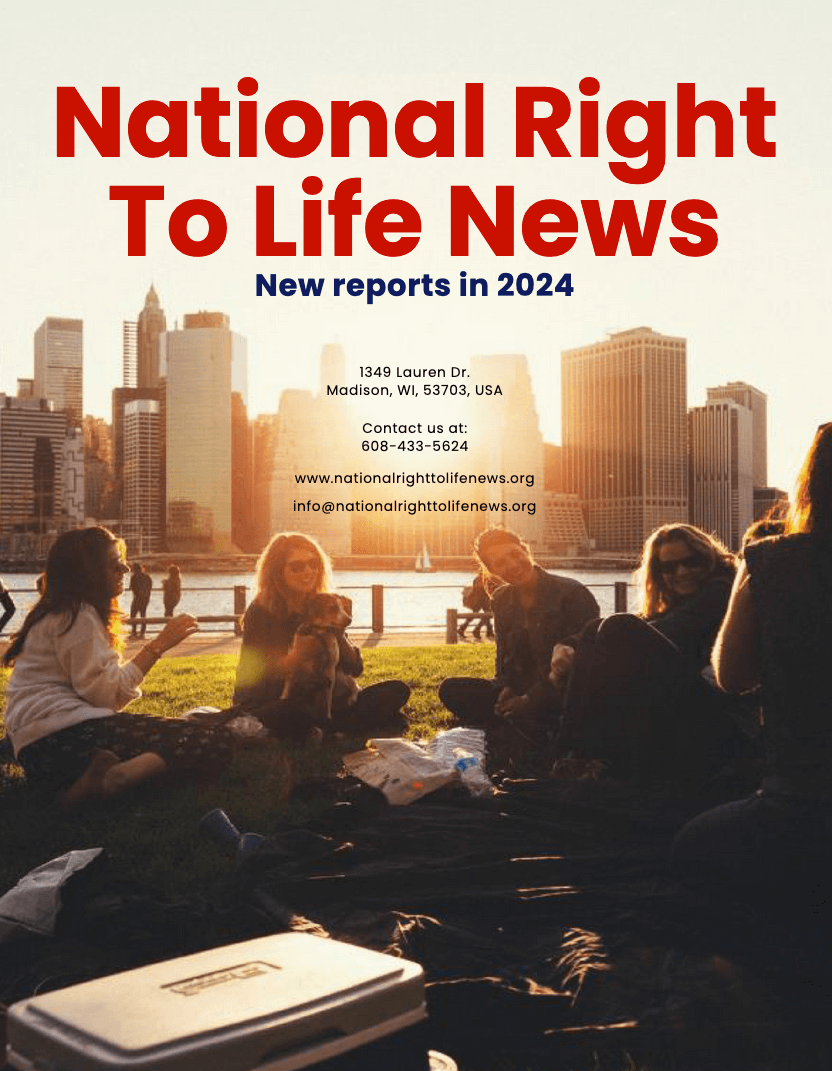In the event that we underestimate the significance of passing state legislation in order to save multiple tens of thousands of babies, we have the pro-abortion Guttmacher Institute to assure us that the situation is dire: “100 Days Post-Roe: At Least 66 Clinics Across 15 US States Have Stopped Offering Abortion Care.”
Guttmacher reports that October 2, 2022 marked 100 days since the US Supreme Court overturned Roe v. Wade, a decision that has resulted in states across the nation severely restricting access to abortion. Furthermore, the report notes that a recent study by Guttmacher found that 100 days after the June 24 Dobbs v. Jackson Women’s Health Organization decision, 66 clinics in 15 states had ceased offering abortions.
According to a recent report from CBS News, the number of abortion facilities in the 15 states has decreased by 66% since the Dobbs decision. This decline has been observed in states across the country, with the number of facilities dropping from 79 to 13.
As reported by CBS News, all 13 remaining clinics are located in Georgia. “The remaining states lack providers offering abortions, although some of their clinics provide care other than abortions.”
Guttmacher reported that, nationally, there were more than 800 abortion clinics in 2020.
It would be beneficial to consider the implications of hospitals and physician offices that previously provided abortion services but have since ceased offering them in the wake of the Supreme Court’s decision in Dobbs v. Jackson Women’s Health Organization.
Guttmacher did not have data on this matter, but Guttmacher’s Rachel Jones noted that clinics provide the majority of abortions in the United States, including both surgical and medication abortions.
The authors of this study, Marielle Kirstein, Joerg Dreweke, Rachel Jones, and Jesse Philbin, propose that…
A state legislative tracking analysis indicates that a total of 26 states are likely or certain to ban abortion within a year of the Supreme Court’s decision to overturn Roe v. Wade. Several states, including Indiana, Ohio, and South Carolina, have already enacted total or six-week abortion bans that were temporarily blocked in court. These bans could be reinstated as soon as the court cases are resolved. The disruption of service provision, even when temporary, impedes the ability of established providers to promptly resume abortion care. Furthermore, the rapid enactment of legislation may render it uncertain for some patients as to whether they are legally entitled to seek an abortion within their state.
In an interview with CBS News, Jones stated, “Further research is necessary to fully comprehend the extent of the chaos, confusion, and harm that the U.S. Supreme Court has inflicted upon individuals seeking abortions. However, the emerging picture should concern anyone who supports reproductive freedom and the right to bodily autonomy.”
After a comprehensive review of the report, Dr. Randall K. O’Bannon, NRL Director of Education & Research, posited that many pregnant women in these states would likely seek abortions at clinics in neighboring states. Some will undoubtedly do so. However, a more significant consequence may be the impact of the closure of the abortion clinic in their home state. Many women may reconsider their decision to terminate their pregnancies and choose to continue the pregnancy.
Daniel Miller is responsible for nearly all of National Right to Life News' political writing.
With the election of Donald Trump to the U.S. presidency, Daniel Miller developed a deep obsession with U.S. politics that has never let go of the political scientist. Whether it's the election of Joe Biden, the midterm elections in Congress, the abortion rights debate in the Supreme Court or the mudslinging in the primaries - Daniel Miller is happy to stay up late for you.
Daniel was born and raised in New York. After living in China, working for a news agency and another stint at a major news network, he now lives in Arizona with his two daughters.

